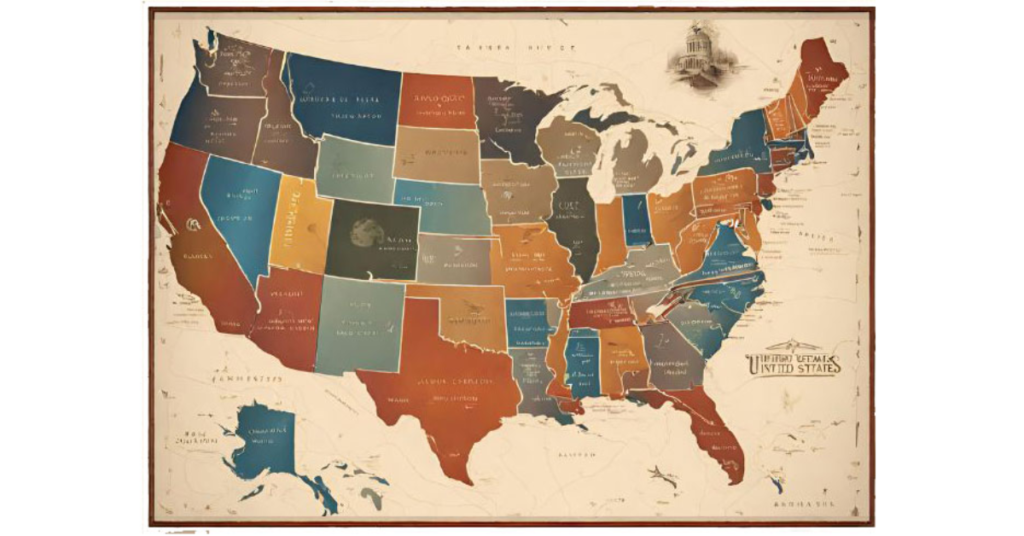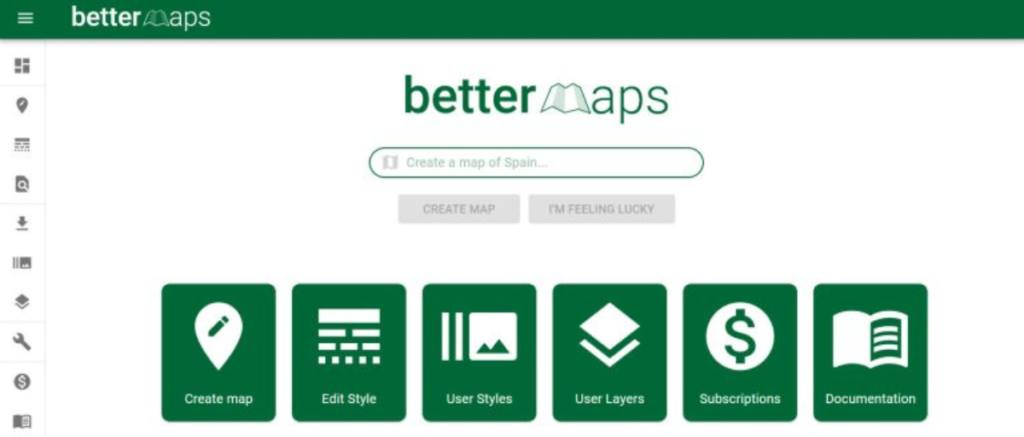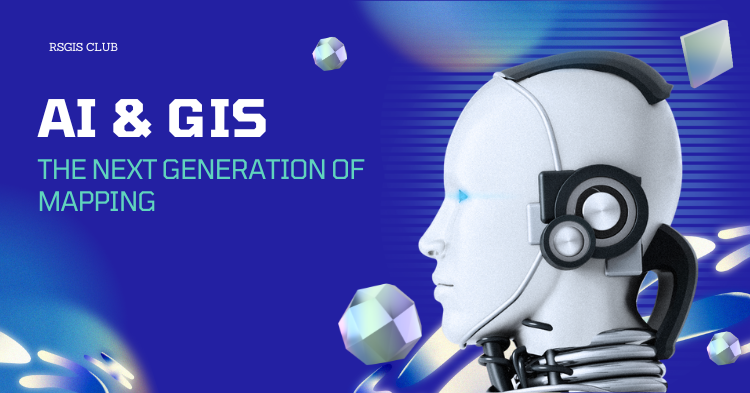Exploring the Impact of AI on GIS
Let’s dive into the world where artificial intelligence (AI) intersects with Geographic Information Systems (GIS). Before we begin, I want to express my deep appreciation for cartography, the art of map-making. It’s this love for maps that drew me into GIS initially. The thought of AI potentially replacing the timeless artistry of maps leaves me with a sense of concern, and in this article, I aim to present an unbiased perspective.
Feel free to share your thoughts on the future of AI in the GIS landscape in the comments section below. Let’s embark on this exploration together.
Current Presence of AI in GIS
AI has made gradual inroads into GIS, much like its influence across various industries. Here’s a snapshot of how AI has impacted GIS thus far:
Scripting Efficiency:
AI is lending a helping hand to coders in GIS, facilitating the writing of scripts in languages like Python, SQL, and Arcade expressions. This significantly reduces the time and effort invested in script writing.

Google Maps’ AI-Powered Features:
Unsurprisingly, Google Maps, at the forefront of AI innovation, incorporates features like Immersive Views and route planning. GeoAI continues to play a pivotal role in enhancing the capabilities of Google Maps.
Streamlining Metadata Writing:
Writing metadata is a task few GIS professionals enjoy. AI comes to the rescue by reducing the time needed for metadata creation, offering a welcome efficiency boost.
Advancements in Feature Extraction:
While GEOBIA and image segmentation were covered in detail in the past, deep learning and feature extraction are now becoming mainstream. There are concerns about potential impacts on entry-level GIS technicians, but the effects are less pronounced than anticipated.
AI and Cartography: Aesthetic Challenges
Despite AI seamlessly integrating into scripting, metadata, and feature extraction, its role in map-making raises questions. Let’s explore some AI-driven tools and their attempts at cartography:
DALL-E Art Generator:

AI models like DALL-E generate art based on prompts. However, the quality of the maps produced by DALL-E and similar tools is currently lacking. Testing with an art generator in Canva resulted in less-than-impressive outcomes.
Adobe Photoshop’s Generative Fill:
Adobe’s generative fill in Photoshop is a captivating concept, but it lacks the foundation of real map data. The downside is that it creates imaginary maps, making it intriguing but not entirely practical.
BetterMaps Exploration:
BetterMaps, an AI-powered digital cartography tool, shows promise but falls short in delivering accurate results. A test for a “New York City zip code map” resulted in a map with OSM data but without zip codes.



MapsGPT’s Broken Promise:
MapsGPT, designed to generate maps based on user prompts, unfortunately failed to produce any results in a test. Whether it uses geocoding remains uncertain, and its status as a true AI tool is in question.
Major GIS Players and AI Integration
Industry giants like Esri, QGIS, and FME are cautiously exploring the integration of AI into map-making:
- Esri’s Current Position:
- While Esri’s Analytics team offers deep learning packages for feature extraction, AI’s impact on map creation within the Esri ecosystem is yet to be fully realized.
- QGIS Plugin Landscape:
- QGIS incorporates machine learning through various plugins, focusing mainly on segmentation, extraction, and clustering rather than AI-driven map creation.
- FME’s Gradual Adoption:
- FME, an ETL software, is gradually implementing AI according to a webinar. However, the caveat that AI results may be incorrect highlights the inherent risks associated with this technology.
The Challenge of AI Maps: Relevance and Practicality
The concept of AI-generated maps faces a challenge in terms of its practical application. In the world of GIS, the need for generative maps seems elusive. The core purposes of GIS, including storing geographic features, editing their geometry, displaying them on a map, and analyzing them with geoprocessing, don’t inherently align with AI-generated maps.
Where does AI fit into this workflow?
- Feature extraction for editing features? Possibly.
- Machine learning for analysis? Yes.
- Cartography? The fit seems less apparent.
Does this mean that digital cartography is impervious to AI in the future? The role of generative AI in maps is yet to be clearly defined.
AI Security Concerns: A Familiar Tune
As we venture into AI, familiar concerns about data privacy surface. Just like storing data in the cloud raises privacy and safety concerns, AI companies, including OpenAI, have been raising red flags regarding data privacy for years.
OpenAI’s privacy policy, while taking steps to protect privacy, has led some companies to outright ban the use of ChatGPT, both online and on-premise.
Would You Use AI to Create a Map?
Imagine the GIS landscape as a battleground, with AI poised to make its mark. The question remains: are AI-generated maps inevitable in GIS?
It’s challenging to envision a scenario where this happens. The impact of AI on the GIS industry, particularly in map-making, might be exaggerated. <– Challenge my perspective.
Don’t take my word for it. Explore the available GIS AI tools for mapping today. While options are limited, the discussion is wide open. Share your insights in the comments section, and let’s collectively navigate the evolving relationship between AI and the intricate world of GIS.

